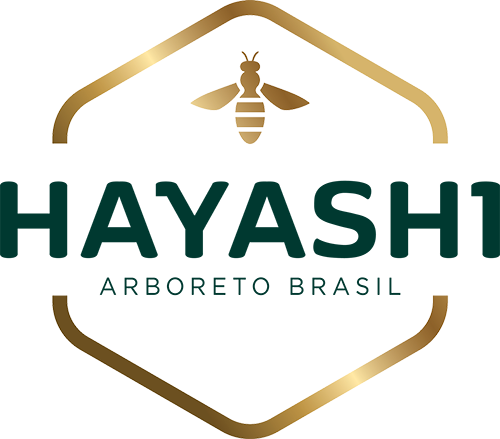PROPOLIS AND ITS BENEFITs
Bees select from nature several resinous and balsamic components of buds, flower buds, branches, pollen and tree exudates, which, in addition to their salivary secretions and wax, form propolis.
They are used to repair cracks or damage to the hive, to prepare aseptic places for the queen bee to lay and to mummify invading insects. Propolis is of great importance in curing diseases, as some of its components have proven therapeutic activity, as is the case of some flavonoids that have spasmolytic action (quercetin, canferol and pectolinarigenin), anti-inflammatory (acacetin), antiulcer (luteolin and apigenin) and antibacterial (pinocembrine and galangin) in addition to derivatives of caffeic acid that have anti-cancer activity.
Its main therapeutic properties such as antimicrobial, antitumor, anesthetic, antiseptic, astringent, anti-inflammatory and antiviral give it prominence, being used as an active ingredient in several products.
SOME OF YOUR USES ALREADY DESCRIBED:
• Against diseases of the articular system and other types of inflammation, infections, rheumatisms and sprains;
• In wound healing, tissue regeneration, treatment of burns, neurodermatitis, eczema, contact dermatitis, external ulcers, psoriasis, leprosy, herpes simplex, zoster and genitalis, rashes and dermatophytes;
• Against diseases of the digestive system, indicating a potent hepatoprotective activity and an anti-ulcer agent;
• Some studies show clinical success in the treatment of respiratory diseases;
• In dentistry, it was used as an anesthetic and used in dentifrices, preparations for oral washing, treatment of gingivitis, chelitis and after tooth extraction;
• In the treatment of tumors, etc.
MARCUCCI, Maria Cristina et al. Propriedades biológicas e terapêuticas dos constituintes químicos da própolis. Quim Nova, v. 19, n. 5, p. 529-535, 1996

 Português
Português 日本語
日本語 中文 (中国)
中文 (中国) 한국어
한국어
